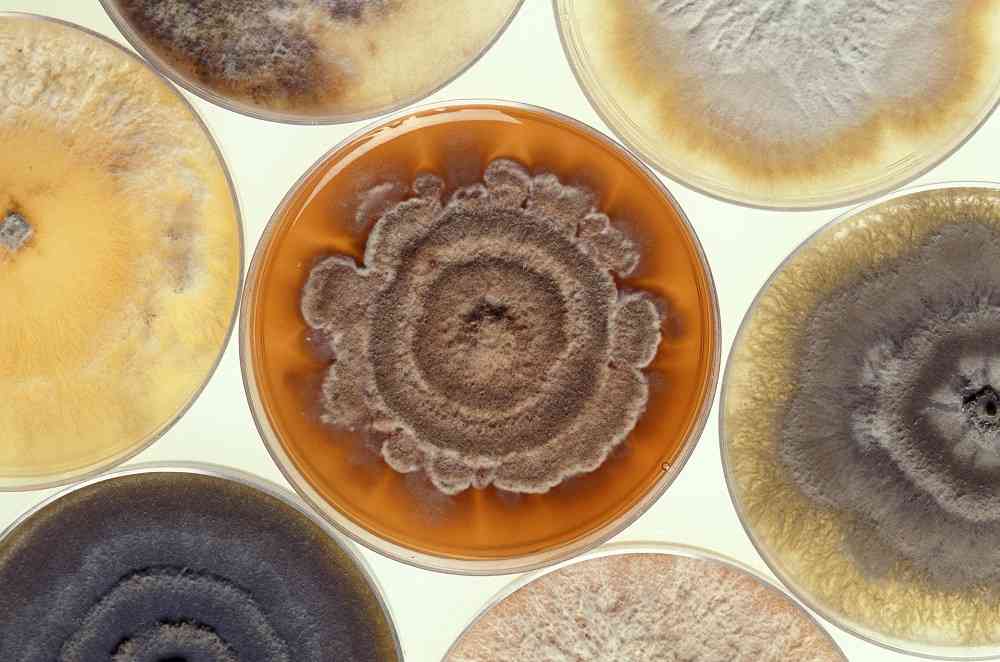If you didn’t know it already, your home has mold spores in it. It does not matter if you are diligent at cleaning or not. Spores get in through the ventilation in your home or are carried in on your shoes. The Centers for Disease Control and Prevention states that there may be tens or even hundreds of thousands of mold types. Here are a few that you may encounter in the home.
5 Mold Types You May Find in the Home
Stachybotrys
Black mold: Stachybotrys chartaram, or toxic black mold, typically grows on materials with cellulose content and requires constant moisture to grow. It is less common than other molds. Because it is the most notorious in news headlines as being toxic. While this is not completely accurate, black mold and other molds can produce toxins. Black mold in the home has been generally accepted as a cause for respiratory illness in people who are sensitive to it.
Cladosporium
Cladosporium: This type of mold is very common and can grow indoors. They typically appear as brown, black, or green spotted areas, but they are difficult to identify without extensive knowledge because there are so many species of it. This type of mold can be found on window sills and carpets very similarly to black mold, and it can also cause respiratory issues.
Penicillium
Penicillium: That blue, fuzzy mold you can find on bread in the right conditions is penicillium. It has many good uses in the production of cheese and Penicillin, a useful antibiotic. However, many types of penicillium can create harmful mycotoxins that can be hazardous to humans.
Aspergillus
Aspergillus: This is another type of mold that can grow on bread and can produce mycotoxins. Although it is commonly found in the air we breathe, this type of mold usually only affects the health of people who have poor immune systems or lung damage.
Alternaria
Alternaria: This type of mold will get your allergies going and can exacerbate asthma conditions. However, it is typically doing this outdoors when the wind kicks the spores up into the air. It can be found indoors, but it does not typically spread on indoor surfaces. Often, it is misidentified indoors as a different mold, Ulocladium chartarum.
There are so many types of molds, it is difficult to identify what type of mold you may have in your home. If it is visible, you may have a mold problem, so make sure you check in with a remediation specialist to make sure you don’t need professional help with your mold removal.
